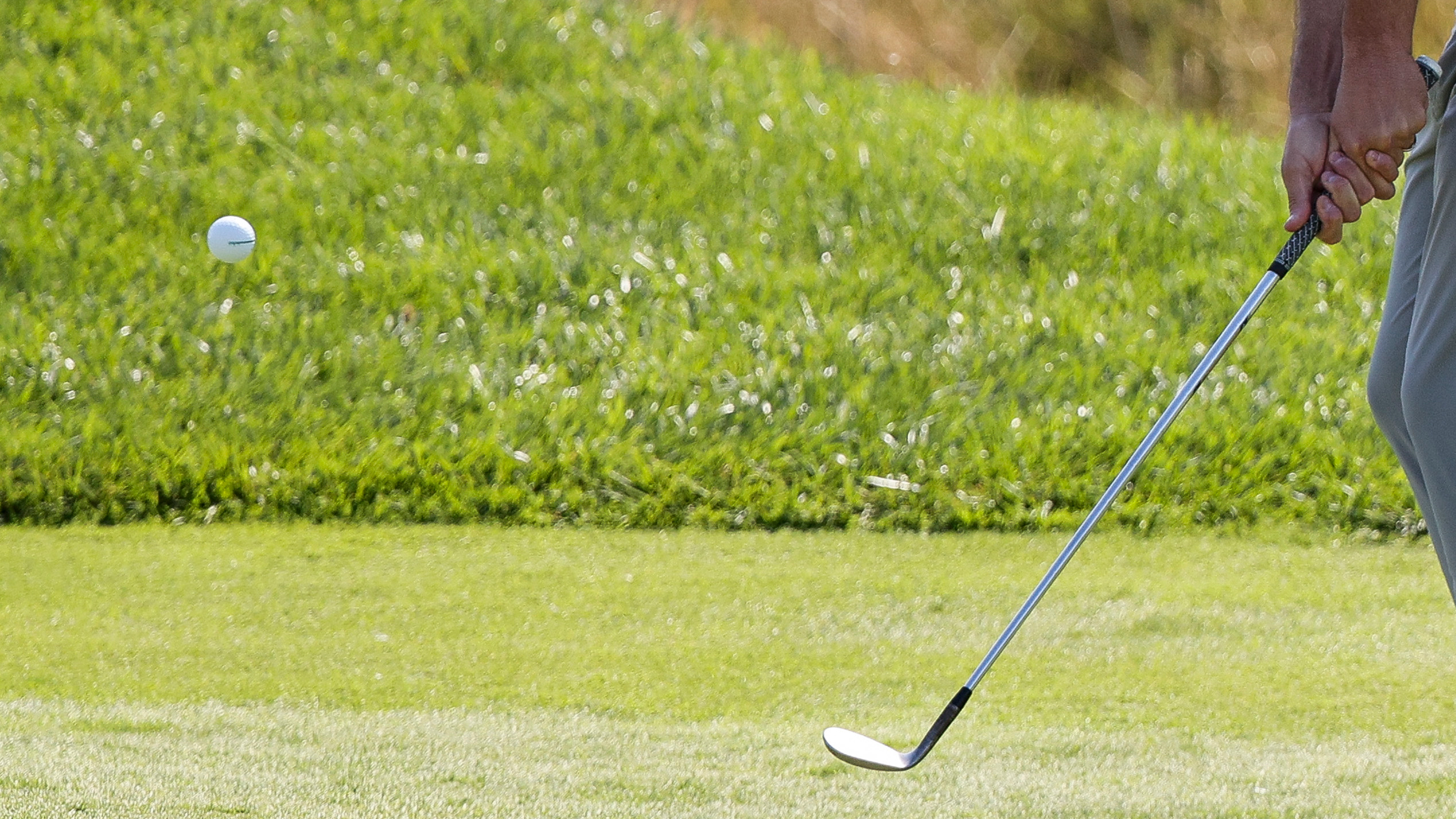What Is Lead Tape And Why Do Golfers Use It?
Golfers have always tinkered with equipment to improve feel and performance. Lead tape is a useful tool but what is it and how can it help?


Lead tape is a thin strip of lead, with an adhesive back that golfers might stick to clubs, often putters, to slightly alter their weighting and feel. Lead tape is used for fairly minor alterations and is often a favourite tool with pro golfers for whom slight changes to weighting can offer enhanced feel around the green or assistance to create desired shot shapes with longer clubs.
Golf Monthly spoke to qualified PGA Professional Andrew Pillans, a club-fitting expert working out of Banchory Golf Club in Abderdeenshire, to get more of an understanding of how lead tape might offer assistance to golfers, professional and amateur.
Putter – Feel and Stability

Tiger put lead tape on his Scotty Cameron putter at Royal Troon this year as the greens were relatively slow
“Lead tape is often applied to the heel or toe of a putter to fine-tune the weight distribution in the club. Adding tape to the toe can help slow down the closure rate of the putter face, while tape on the heel speeds it up. This can help players who push or pull their putts,” says Pillans.
“Adding weight increases the putter's MOI (moment of inertia), which makes it more stable on off-centre strikes, helping tour pros and amateurs maintain a consistent pace. General Feel and comfort can be improved for some, as many players like the feel of a heavier head.”
As the picture above shows, players sometimes add weight to their putter depending on the conditions. At The Open Championship at Royal Troon. Tiger Woods added lead tape to the back of his putter as the greens were relatively slow and he wanted more impetus behind the ball.
Wedges and Irons – Spin and Control. Trajectory

Changing the weighting of a wedge can improve feel and touch around the greens
“Golfers often use lead tape on wedges to dial in the exact feel for touch shots, particularly around the green. By adjusting the weight in different areas of the wedge head, they can optimise control over the spin and flight trajectory,” says Pillans. “Then, when it comes to bunker play and turf interaction, some golfers add lead tape to wedges to improve how the clubhead interacts with the turf or sand. For example, adding weight toward the sole can help the club slide more effectively through the sand in bunkers.”
“With both wedges and irons, lead tape can shift the CG (centre of gravity) affecting ball flight,” Pillans continues. “Lead tape placed low on the back of the iron head can lower the CG, promoting a higher trajectory. On the other hand, placing tape higher raises the CG, which can help to lower the ball flight. This is especially important for golfers looking for precision distance control.”
Subscribe to the Golf Monthly newsletter to stay up to date with all the latest tour news, equipment news, reviews, head-to-heads and buyer’s guides from our team of experienced experts.
And it’s not just on irons, wedges and putters that you’ll see players adding lead tape. It can also be effective on hybrids, fairways and even drivers, to alter the CG and create different shot shapes.
Over the years, leading players have used lead tape in different ways. Jack Nicklaus famously used lead tape under the grips to act as a counter balance and make the club feel lighter.
Using lead tape creates small changes in club feel and performance and it would be advisable to get some advice from a qualified PGA professional like Andrew Pillans before applying it to your equipment.

Fergus is Golf Monthly's resident expert on the history of the game and has written extensively on that subject. He has also worked with Golf Monthly to produce a podcast series. Called 18 Majors: The Golf History Show it offers new and in-depth perspectives on some of the most important moments in golf's long history. You can find all the details about it here.
He is a golf obsessive and 1-handicapper. Growing up in the North East of Scotland, golf runs through his veins and his passion for the sport was bolstered during his time at St Andrews university studying history. He went on to earn a post graduate diploma from the London School of Journalism. Fergus has worked for Golf Monthly since 2004 and has written two books on the game; "Great Golf Debates" together with Jezz Ellwood of Golf Monthly and the history section of "The Ultimate Golf Book" together with Neil Tappin , also of Golf Monthly.
Fergus once shanked a ball from just over Granny Clark's Wynd on the 18th of the Old Course that struck the St Andrews Golf Club and rebounded into the Valley of Sin, from where he saved par. Who says there's no golfing god?